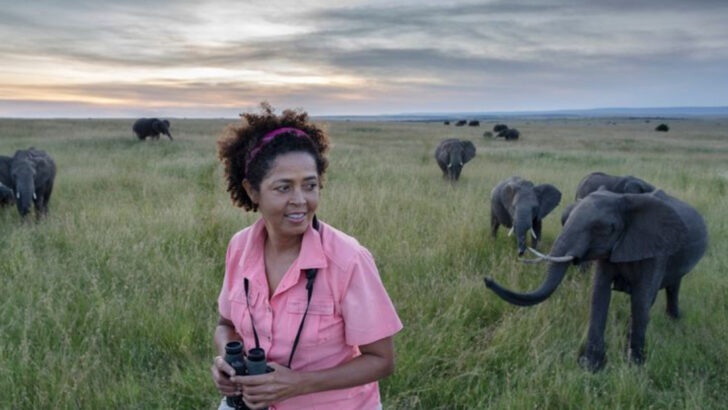You don’t need a cage, a trap, or a zoo ticket to see wild animals up close. Some of the best wildlife encounters happen when you don’t interfere—when you step back, stay quiet, and let nature do its thing. No chasing. No feeding. No selfies that put you or the animal at risk. Just smart, respectful ways to witness the wild without messing it up. From your backyard to deep forests, here are 10 ways to spot incredible animals—without hurting a thing.
Join a Wildlife Tour
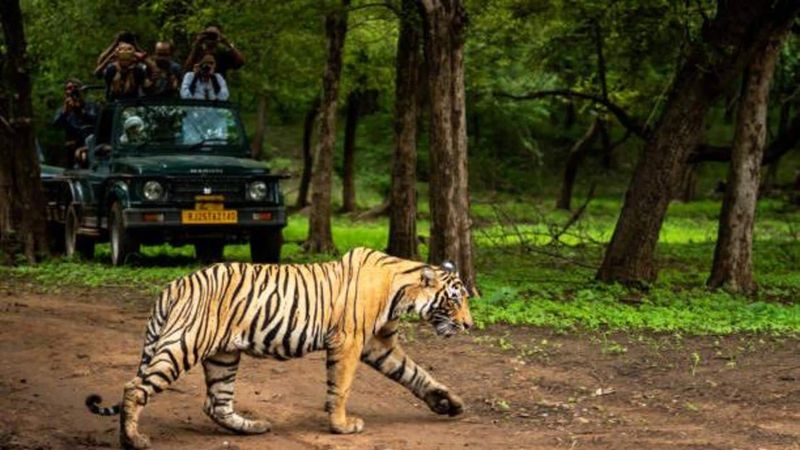
Embark on a responsible wildlife tour led by knowledgeable guides. These tours focus on observing animals from a safe distance, ensuring minimal disturbance to their natural behaviors. Guides are often experts in ecology and conservation, providing deep insights into the species and their habitats. This approach allows participants to learn and appreciate the intricate balance of nature. Tours often follow strict ethical guidelines to protect wildlife and their environments. By choosing reputable tour operators, you play a part in supporting conservation efforts and sustainable tourism, all while enjoying the thrill of witnessing wildlife in its natural home.
Visit a Wildlife Sanctuary
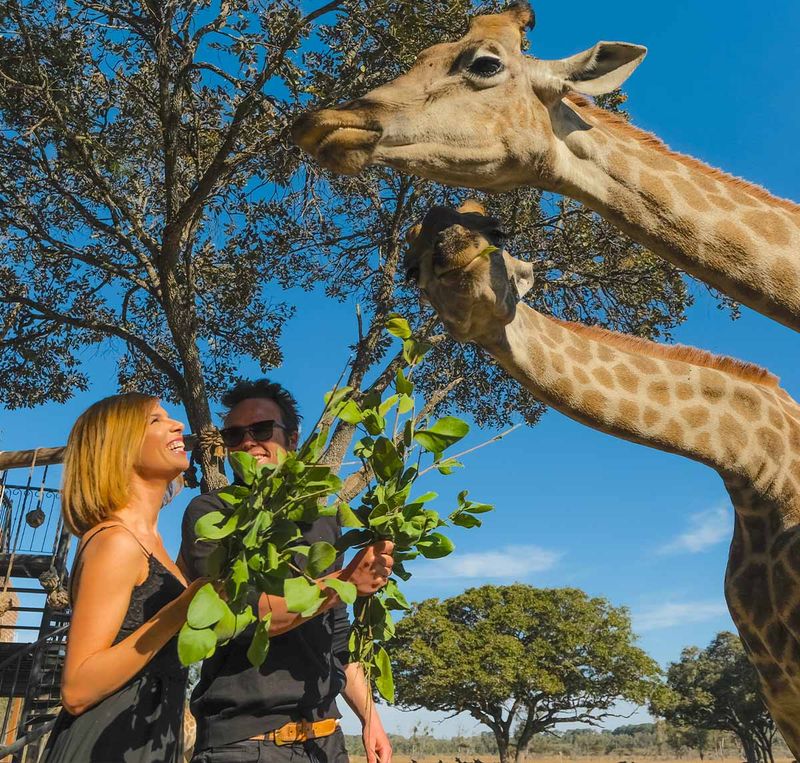
Step into a wildlife sanctuary, a haven for animals that need protection. Sanctuaries provide safe spaces for creatures who can’t survive in the wild due to injury or previous captivity. Visitors can observe animals up close, often in settings that mimic their natural habitats. These facilities focus on rehabilitation and education, promoting awareness about wildlife conservation. The serene environment encourages quiet observation and reflection. Visiting a sanctuary supports the ongoing care and recovery of these animals, offering a unique opportunity to connect with nature and learn about species-specific challenges and successes in conservation.
Engage in Birdwatching
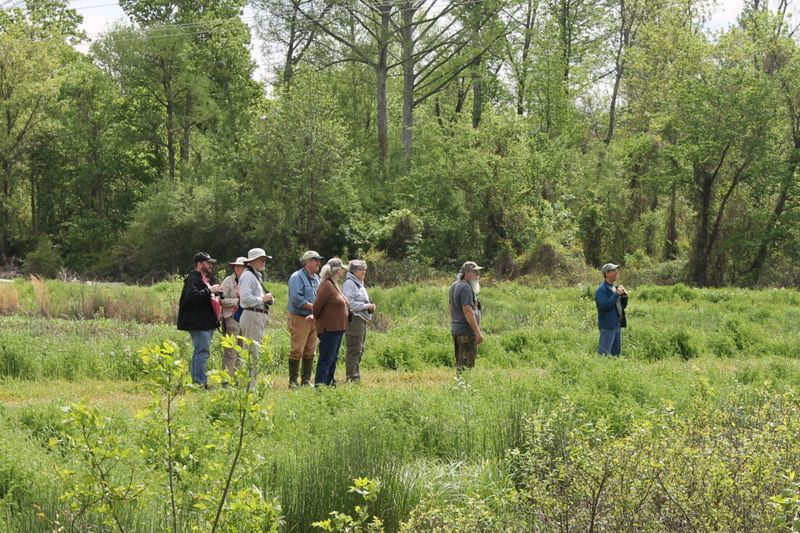
Birdwatching offers a tranquil way to connect with nature. Armed with binoculars, enthusiasts can spot a wide variety of bird species in their natural habitats. This activity requires patience and quiet observation, perfect for those who enjoy peaceful outdoor experiences. Birdwatching contributes to citizen science, as many birdwatchers record sightings that aid in tracking bird populations and migratory patterns. It’s a delightful way to learn about avian life and support conservation efforts. With a field guide and a little curiosity, birdwatching becomes an educational adventure that fosters a deeper appreciation for the delicate balance of ecosystems.
Participate in Citizen Science Projects
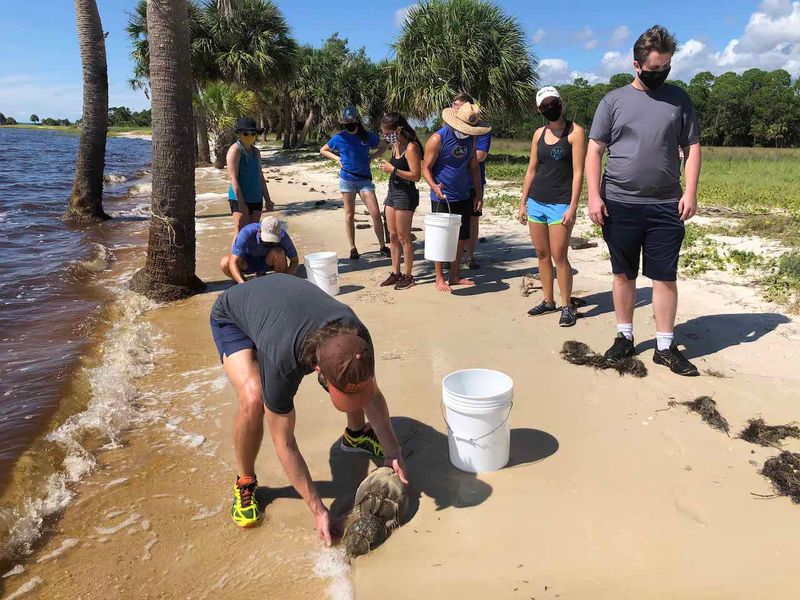
Citizen science projects invite everyday people to contribute to real scientific research. These initiatives often involve observing and recording data about wildlife, assisting researchers in monitoring biodiversity. Participants gain hands-on experience while learning about the importance of conservation efforts. It’s a rewarding way to spend time outdoors, with projects ranging from documenting butterfly migrations to tracking mammal activity. Citizen science fosters a sense of community and purpose, connecting participants with researchers and conservationists. Contributing to these projects enhances our understanding of wildlife and helps protect these precious creatures for future generations.
Explore Local Nature Reserves
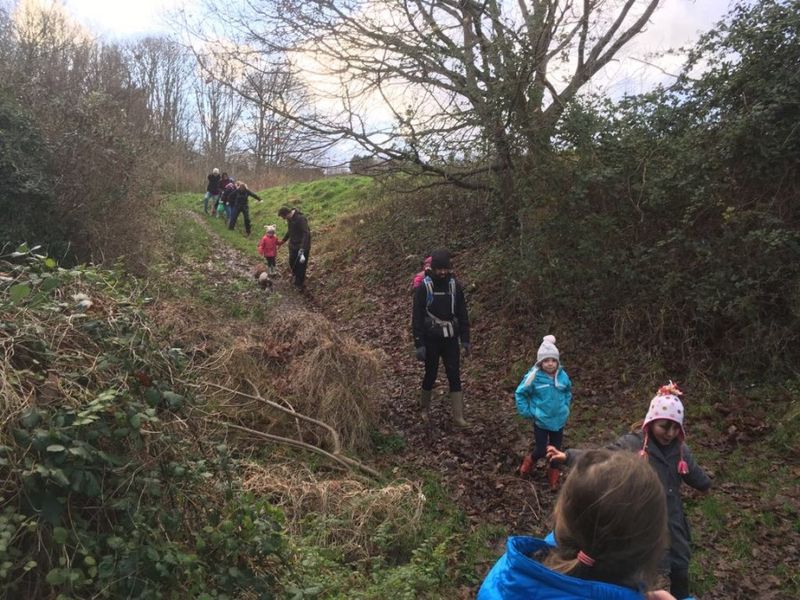
Local nature reserves offer a glimpse into regional ecosystems, showcasing local wildlife and plant species. These reserves often have trails and viewing platforms designed for minimal impact on the environment. Visitors can enjoy hiking, photography, and birdwatching, all while learning about local conservation efforts. Reserves are vital for preserving biodiversity and provide educational opportunities about native species. The tranquility of these natural spaces allows for reflection and a deeper connection with nature. Exploring a nature reserve supports conservation initiatives and offers a peaceful retreat from urban life, fostering a renewed appreciation for the natural world.
Volunteer for Conservation Programs
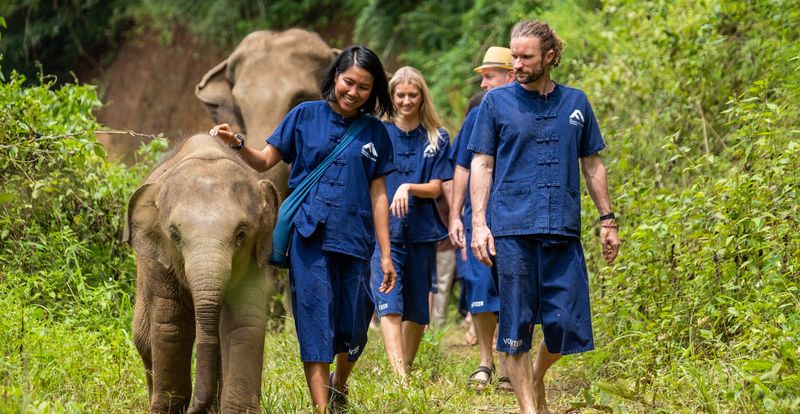
Volunteering for conservation programs provides hands-on opportunities to protect wildlife habitats. These programs involve activities like tree planting, habitat restoration, and monitoring animal populations. Volunteers learn about ecological balance and the challenges faced by conservationists. This active participation promotes environmental stewardship and helps preserve natural habitats. Engaging in these programs fosters a sense of accomplishment and connection to the land. Volunteers play a crucial role in supporting conservation efforts, contributing to the sustainability of ecosystems. This enriching experience is both educational and fulfilling, offering a chance to make a tangible impact on wildlife preservation.
Attend Educational Wildlife Workshops
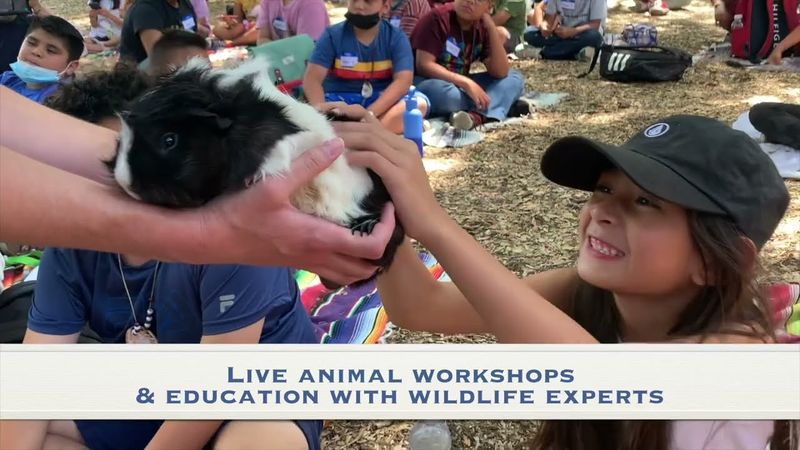
Educational wildlife workshops offer insights into animal behavior and conservation. Led by experts, these workshops cover topics like animal tracking, habitat conservation, and species identification. Participants gain valuable knowledge and practical skills that enhance their understanding of wildlife. Workshops often include field trips, providing hands-on experiences in natural settings. This learning opportunity fosters appreciation for the complexities of ecosystems and the importance of preserving them. Attending these workshops supports educational initiatives and empowers individuals to contribute to conservation efforts. It’s a chance to deepen one’s connection with nature through interactive and informative sessions.
Support Wildlife-friendly Policies
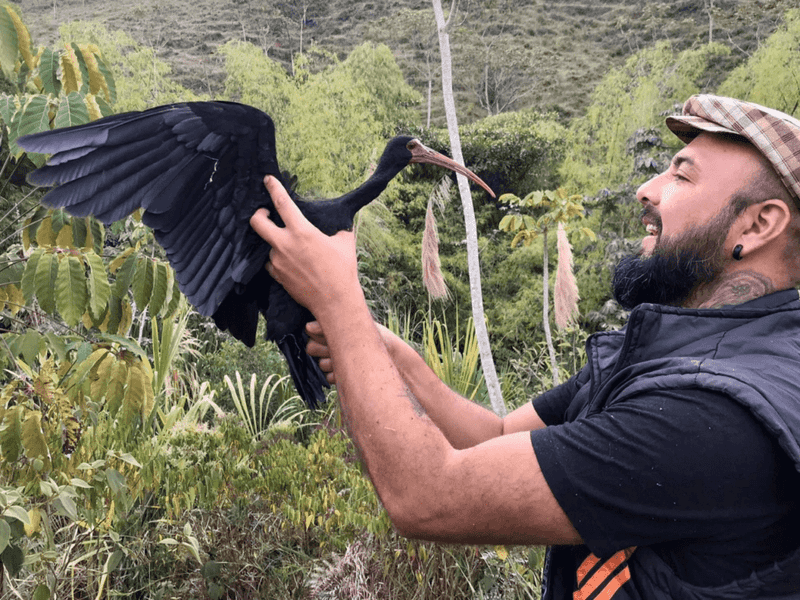
Supporting policies that protect wildlife is crucial for long-term conservation. Advocating for wildlife-friendly legislation ensures the preservation of habitats and species. Engaging with local and national policymakers can influence decisions that impact biodiversity. This involvement encourages sustainable practices and raises public awareness about conservation needs. Supporting such policies means participating in petitions, attending rallies, or joining advocacy groups. These efforts ensure that wildlife thrives in protected environments. By championing these causes, individuals contribute to a collective movement for change, promoting a future where wild animals and humans coexist harmoniously.
Use Wildlife Observation Apps
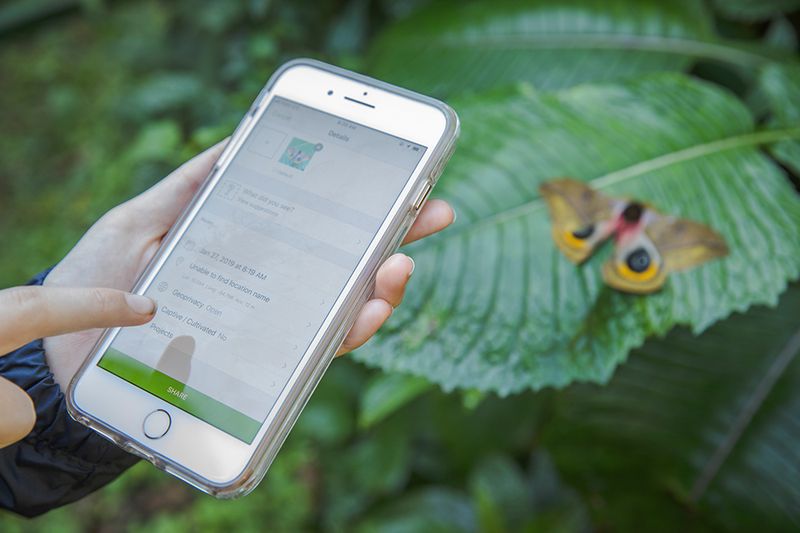
Wildlife observation apps offer a modern way to engage with nature. These apps help users identify species, track animal sightings, and learn about local wildlife. They provide detailed information and visuals, enhancing the outdoor experience. Users can contribute sightings to citizen science projects, aiding in research and conservation efforts. The convenience of smartphone technology makes exploring nature accessible and informative. Using these apps fosters a deeper appreciation for wildlife and encourages responsible observation practices. They serve as valuable tools for both novice and experienced naturalists, bridging the gap between technology and the natural world.
Watch Wildlife Documentaries
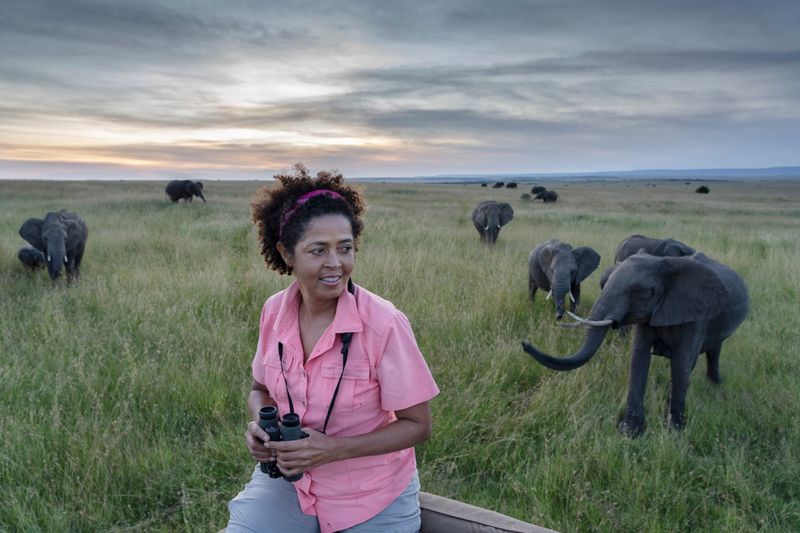
Wildlife documentaries bring the wonders of nature to your living room. These films showcase breathtaking visuals of animals in their natural habitats, narrated by experts. They educate viewers about animal behavior, conservation issues, and the importance of biodiversity. Documentaries inspire awe and empathy, encouraging viewers to support conservation efforts. Watching these films offers a convenient way to explore the world’s wildlife without leaving home. They provide a window into the lives of creatures we may never encounter otherwise. This experience not only entertains but also enlightens, fostering a greater understanding and respect for the natural world.

